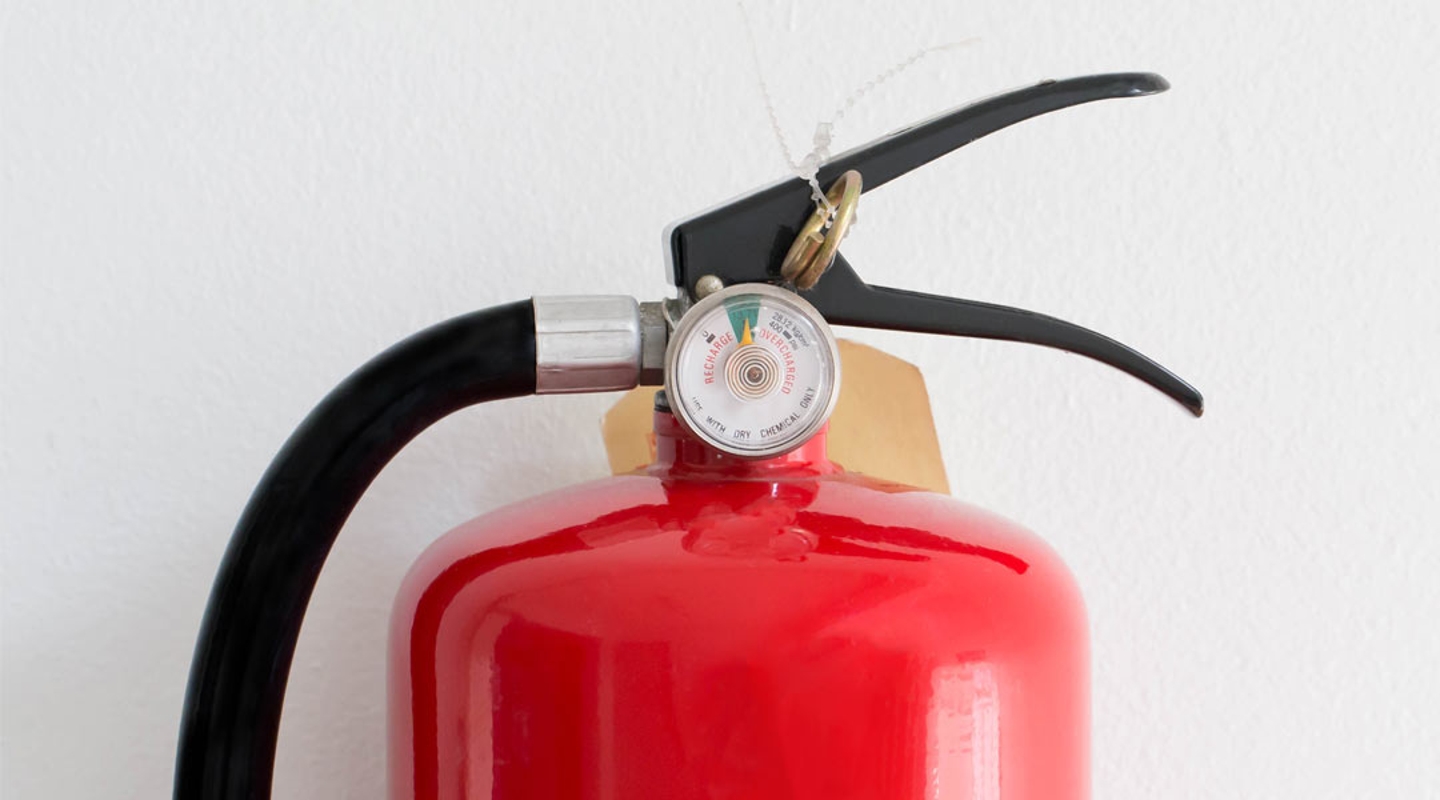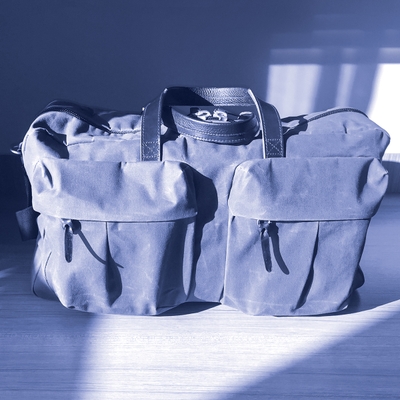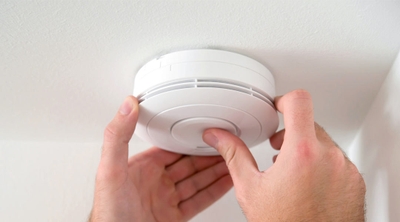Types of fire extinguishers explained
2 min read
Fire extinguishers can put out small fires before they get out of control. But different types of extinguishers put out different types of fires. So, knowing which one to use is essential to preventing a fire from spreading. Edward Mulholland, Sergeant at Arms, Local 22 Philadelphia Firefighters’ and Paramedics’ Union, spoke to us about the different fire extinguisher types and their uses.
Fire extinguisher classifications
There are five fire extinguisher classes. The type you need depends on the source of the fire.
- Class A. Class A fire extinguishers are the most common type. They can put out most household fires, including those burning paper, wood, cloth, rubber, and certain plastics. Class A extinguishers have a green triangle on the canister with a white A in the middle.
- Class B. You can use a class B fire extinguisher to put out oil, gas, and solvent fires. Class B extinguishers have a red square with a white B on them.
- Class C. These extinguishers are for electrical fires. They have a blue circle with a white C on the canister. You’re most likely to find a Class C extinguisher on a construction site or in an industrial setting.
- Class D. You can use this type of fire extinguisher to put out blazes started by combustible metals, such as magnesium, sodium, and lithium. They have a yellow star with a black D printed on them.
- Class K. Class K fire extinguishers are for kitchen fires involving grease, oils, or fats. They have a hexagon with a white K on the canister.
No matter what type you need, knowing how to use a fire extinguisher before a fire breaks out. Check the manufacturer’s instructions for details.
Why are there different types of fire extinguishers?
All fire extinguishers work the same way. They expel an extinguishing agent to put out a fire. However, different classes of fire extinguishers use different substances. In general, fire extinguishers contain either water, carbon dioxide, dry chemicals, or wet chemicals.
“You don’t want to put the wrong thing on the wrong fire,” Mulholland said. It can make a fire worse.
For example, water is generally safe for a Class A fire. But putting water on a grease (Class K) fire creates a violent reaction that increases the size of the fire and can lead to injury.
Where should I keep a fire extinguisher?
“[Fire extinguishers are] a front line of defense for home safety and personal safety,” Mulholland said. As part of fireproofing your home, he recommends having one in areas where a fire is most likely to break out, including:
- Kitchen
- Fireplace
- Detached garage or workshop
- Outdoor grilling area
While fire extinguishers can save lives and property, it’s best to avoid needing one in the first place. A fire safety inspection can help prevent a house fire and fire-related homeowner’s insurance claims. Learn more about how homeowners insurance covers fire damage.




